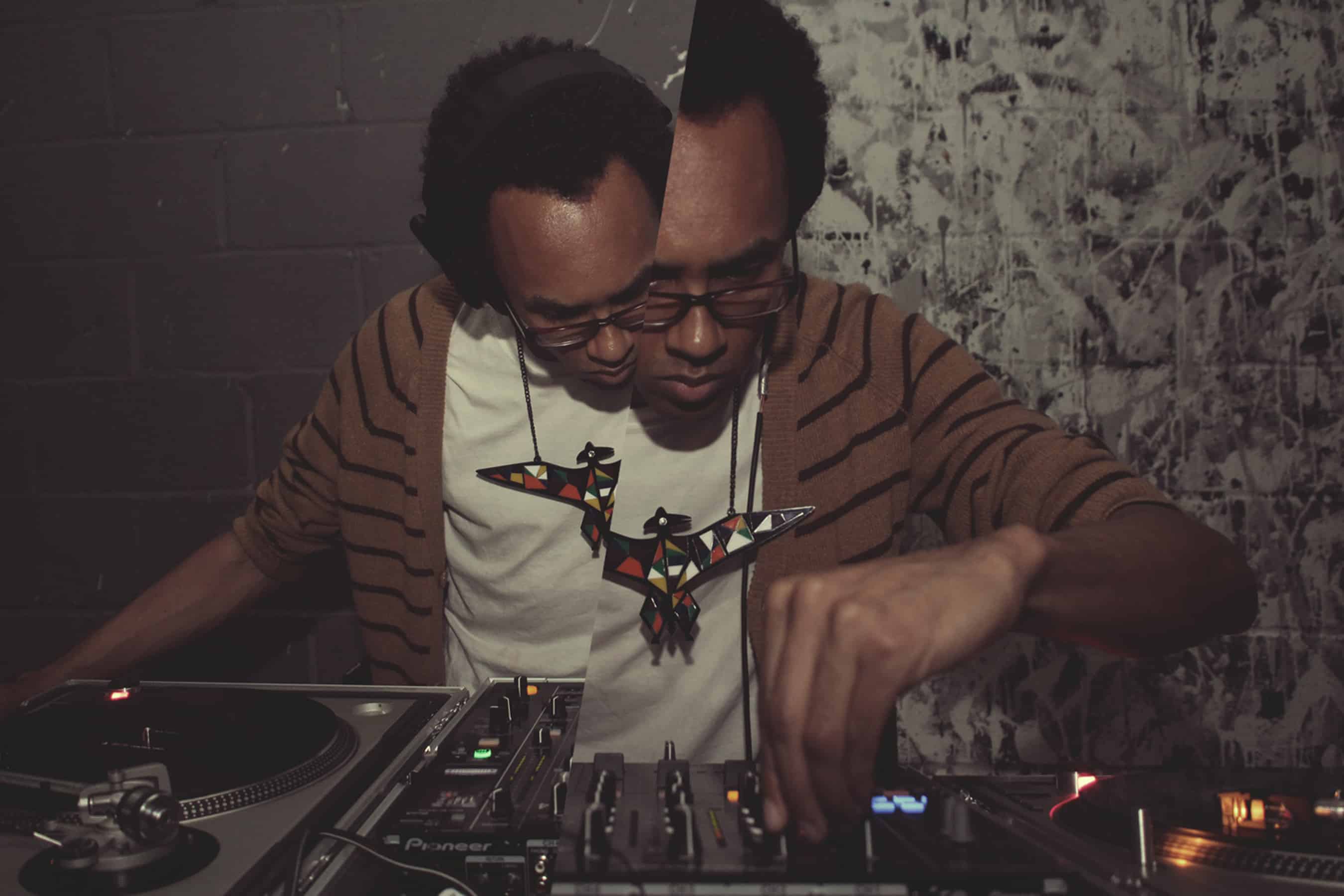In 2017, our existence is arguably defined by our membership in a networked civilization. From omnipresent smartphones and social media platforms to the malicious Stuxnet virus, the endless ways in which we currently use technology serve as proof that humans are now a cyborg species. We use technology to enhance our natural capabilities and to achieve things that we could not on our own.
The digitalization brought on by the World Wide Web has irreversibly restructured our universe. In culture alone, digitalization has forever altered the way we perceive, produce, and share content of any kind — and there’s also way too much of it.
According to Jace Clayton, who is alternatively known as DJ /rupture, technology’s current reign is a sign of the changing times: a new playing field that defines what it means to be human in the twenty-first century. His new book, Uproot: Travels In 21st Century Music And Digital Culture, discusses the implications of the digital age across music, art, and culture in our globally networked state.
Uproot is part cultural analysis and part autobiography; its critiques are anchored by Clayton’s experiences around the world as a DJ.
In addition to writing and lecturing on global culture around the world, Clayton has performed music under the moniker DJ /rupture for nearly two decades. He came into his own as an artist during a pivotal moment at the turn of the century: the globalization of the Internet and the creation of the MPEG-3 format for audio compression. “If globalization didn’t exist, MP3s would have needed to invent it,” he writes.
“The speed with which digital audio zips from one place to another has shrunk the world,” writes Clayton. “[My] tour travels in the early 2000s were kick-started by a paradigm shift in how music itself moves around.”
Clayton’s seminal 2001 mixtape as DJ /rupture, Gold Teeth Thief — a 68-minute global odyssey that juxtaposes the likes of Missy Elliot, Venetian Snares, Barrington Levy, Wu-Tang Clan, Kid606, Paul Simon, and countless others across three turntables — was originally uploaded by Clayton as a downloadable MP3 to his website, pioneering the format’s use.
Upon its release, the mixtape quickly became a worldwide critical hit, garnering awards from countless music publications and securing him a steady string of concert bookings across the globe.
“The logic that put together that mixtape — the logic that allowed all of those sounds to gather there… it hadn’t really entered the world yet, in a sense,” says Clayton, “I had to really, physically hunt down [each sound].” Indeed, in a world linked by file-sharing and streaming networks, anyone can create anything using content sourced from the Internet. It’s all a click away.
In one of Uproot’s case studies, Clayton explores the popularity of Auto-Tune software, from its corrective use in Western recording studios to the role it currently plays as an aesthetic element in various musical styles across North Africa.
The process that began with Auto-Tune’s usage in Cher’s 1998 hit single “Believe” and subsequent popularization by Lil Wayne, has been followed by its use in recordings of the Berber folk music of Morocco. These artists use Auto-Tune in a manner that Clayton refers to as a “cyborg embrace” in Uproot.
Clayton calls this “a recognition of the fact that we’re no longer as individual as we’d like to think we are.” No longer do we believe that we can simply manipulate our own tools.
Rather, he says, “the tools are talking to us… they’re transforming the way we see and look and experience the world.” The relationship between humans and technology is increasingly becoming a two-way street, a byproduct of our digitally-networked existence.
This sort of technological dependency, as well as encroaching fear of it, has been prophesied about for as long as humans have used devices to assist them. It’s been written about by figures from Marshall McLuhan to Isaac Asimov and William Gibson, who reminded us that our actions are determined by these computers’ behaviours just as much as we try to determine their output.
What is the future of music in our networked world, where each piece of data is rendered equal by digital processing? According to Clayton, though the array of music that we may access is vast, we often access it with much of its metadata stripped away. He describes this as “a kind of fundamental confusion between signal and noise… the sheer amount of communication [means] that the misunderstandings multiply as much as the connections do.”
Indeed, digitalization means that ignorance and confusion can travel as fast as the creativity and ideas that bring us together.
However, the rapid and often fragmented way in which digital information and technology spreads worldwide — what Clayton calls “Babeltronics” — does breathe a sense of optimism into what might otherwise be read as a bleak digital future. “We have all these different points of data and modulation and transforming that are pressing on us,” says Clayton. “The world is so interconnected… that all sorts of strange cultures result as a way of this.”
Music provides a starting point for discussion of technology’s equalizing powers. “Music operates in this interesting place between… pleasure, and what works, and what doesn’t… that’s one of the reasons why it’s such a rich topic to discuss,” Clayton says.
In our linked state, the possibilities of what can be done seem to be limitless. While we might be trapped by digital technology, we can still find ourselves in a web of potentials.


